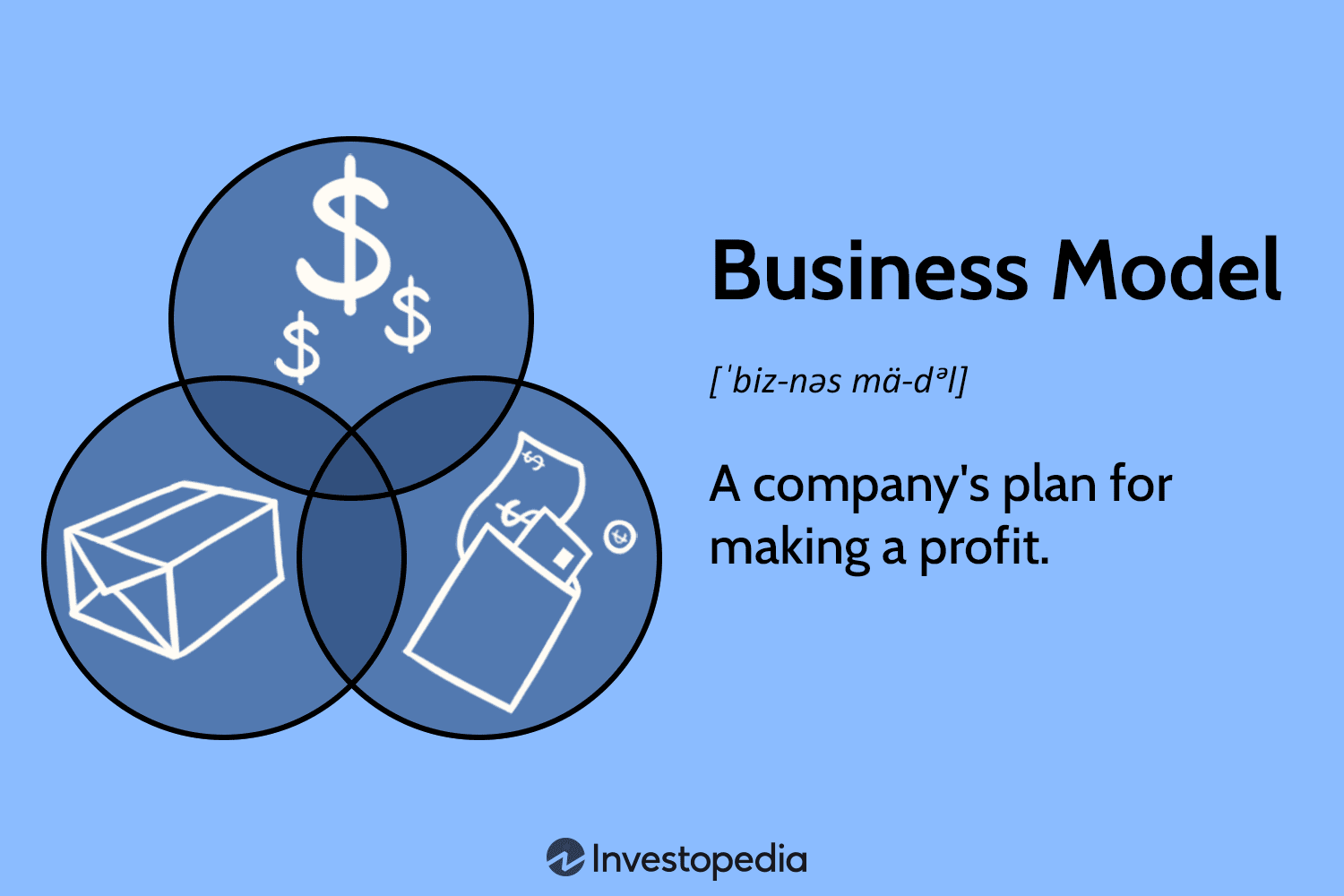The Best Business Structure for Accountants
As an accountant, choosing the right business structure is a crucial decision that can impact your success, liability, and tax obligations. Each business structure has its own set of advantages and disadvantages, so it’s essential to understand the options available and select the one that aligns best with your specific needs and goals. In this article, we will explore the most common business structures for accountants, highlighting the benefits and considerations for each.
1. Sole Proprietorship
A sole proprietorship is the simplest and most common business structure for accountants starting out on their own. Under this structure, the business is owned and operated by a single individual, the accountant in this case. Here are some key aspects of a sole proprietorship:
Advantages:
Ease of Formation: Setting up a sole proprietorship is relatively straightforward and requires minimal paperwork and formalities. It is a cost-effective option for those starting with limited resources.
Full Control: As the sole owner, you have complete control over all business decisions. This autonomy allows for quick decision-making and flexibility in running your accounting practice.
Tax Simplicity: In a sole proprietorship, business income is treated as personal income, and you report it on your individual tax return (Form 1040). This means there is no need for a separate business tax return.
Considerations:
Unlimited Liability: The biggest drawback of a sole proprietorship is that there is no legal distinction between the owner and the business. As a result, the owner’s personal assets are at risk in case of business debts or lawsuits.
Limited Growth Potential: Sole proprietorships may face challenges when seeking funding or expanding the business, as they lack the advantages of more complex business structures.
2. Partnership
A partnership is a business structure that involves two or more individuals (partners) who come together to jointly run an accounting practice. Partnerships can take two main forms: general partnership and limited liability partnership (LLP).
Advantages:
Shared Responsibility: In a partnership, the workload, responsibilities, and decision-making are distributed among the partners, allowing each individual to focus on their area of expertise.
Additional Resources: With multiple partners, there is access to a larger pool of resources, including capital, skills, and networks, which can facilitate business growth.
Tax Flexibility: Partnerships are pass-through entities for tax purposes, meaning the profits and losses flow through to the individual partners, who report them on their personal tax returns.

What is the best business structure for accountants?
Considerations:
Liability Issues: In a general partnership, each partner has unlimited personal liability for the partnership’s debts and obligations. However, in an LLP, partners have limited personal liability, protecting their personal assets from most business debts.
Interpersonal Challenges: Disagreements among partners can arise, potentially leading to conflicts that may affect the business’s functioning.
3. Limited Liability Company (LLC)
The Limited Liability Company (LLC) is a popular business structure for accountants due to its flexibility and liability protection. An LLC combines the advantages of a corporation and a partnership while offering some unique benefits of its own.
Advantages:
Limited Liability: One of the most significant advantages of an LLC is that it provides limited personal liability to its owners (members). This means that members’ personal assets are generally protected from business debts and lawsuits.
Pass-through Taxation: Similar to a partnership, an LLC is a pass-through entity for tax purposes. This means that the company itself does not pay taxes, and the profits and losses are passed through to the individual members’ tax returns.
Flexibility in Management: LLCs have more flexibility in management structures compared to corporations, allowing members to choose between member-managed and manager-managed options.
Considerations:
Complexity and Formalities: While relatively easier to set up than a corporation, LLCs still require more paperwork and ongoing compliance compared to sole proprietorships or partnerships.
Self-Employment Taxes: Members of an LLC may be subject to self-employment taxes on their share of the company’s profits.
4. S Corporation
An S Corporation, often referred to as an S Corp, is a tax designation rather than a separate business structure. S Corps are regular corporations (C Corps) that elect to pass corporate income, losses, deductions, and credits through to their shareholders for federal tax purposes.
Advantages:
Limited Liability: Like LLCs, S Corporations offer limited personal liability to their shareholders, protecting their personal assets from business debts and lawsuits.
Tax Savings: S Corps can provide potential tax savings through the pass-through taxation, allowing shareholders to avoid double taxation on corporate profits.
Employee Benefits Deduction: Shareholders who are employees of the S Corp can receive certain benefits, such as health insurance and retirement plan contributions, as deductible business expenses.

Considerations:
Eligibility Criteria: S Corps have strict eligibility requirements, including limited number and type of shareholders, as well as restrictions on foreign ownership.
Operational Formalities: S Corps must adhere to certain operational formalities, such as holding regular meetings and maintaining corporate records, to retain their tax status.
5. C Corporation
A C Corporation, commonly known as a C Corp, is a distinct legal entity from its owners (shareholders), offering unique advantages and disadvantages for accounting businesses.
Advantages:
Limited Liability: Shareholders of a C Corp have limited personal liability, as they are generally not personally responsible for the company’s debts and liabilities.
Unlimited Growth Potential: C Corps have more flexibility in attracting investors through the issuance of different classes of stock, allowing for potential expansion and fundraising.
Tax Planning Opportunities: C Corps can retain earnings and distribute profits in a manner that may offer some tax advantages for both the business and its shareholders.
Considerations:
Double Taxation: The major drawback of C Corporations is the potential for double taxation. Corporate profits are taxed at the corporate level, and then shareholders are taxed on any dividends or distributions they receive. https://cbdtax.com.au/
Complexity and Compliance: C Corps are subject to more complex legal and tax requirements, leading to increased administrative and compliance costs.
Conclusion
Choosing the best business structure for your accounting practice is a crucial decision that can significantly impact your success and personal liability. Each business structure comes with its own set of advantages and considerations, so it’s essential to carefully evaluate your specific needs and consult with legal and financial professionals if needed. Whether you opt for a sole proprietorship, partnership, LLC, S Corporation, or C Corporation, selecting the right business structure lays the foundation for a successful and thriving accounting practice.

